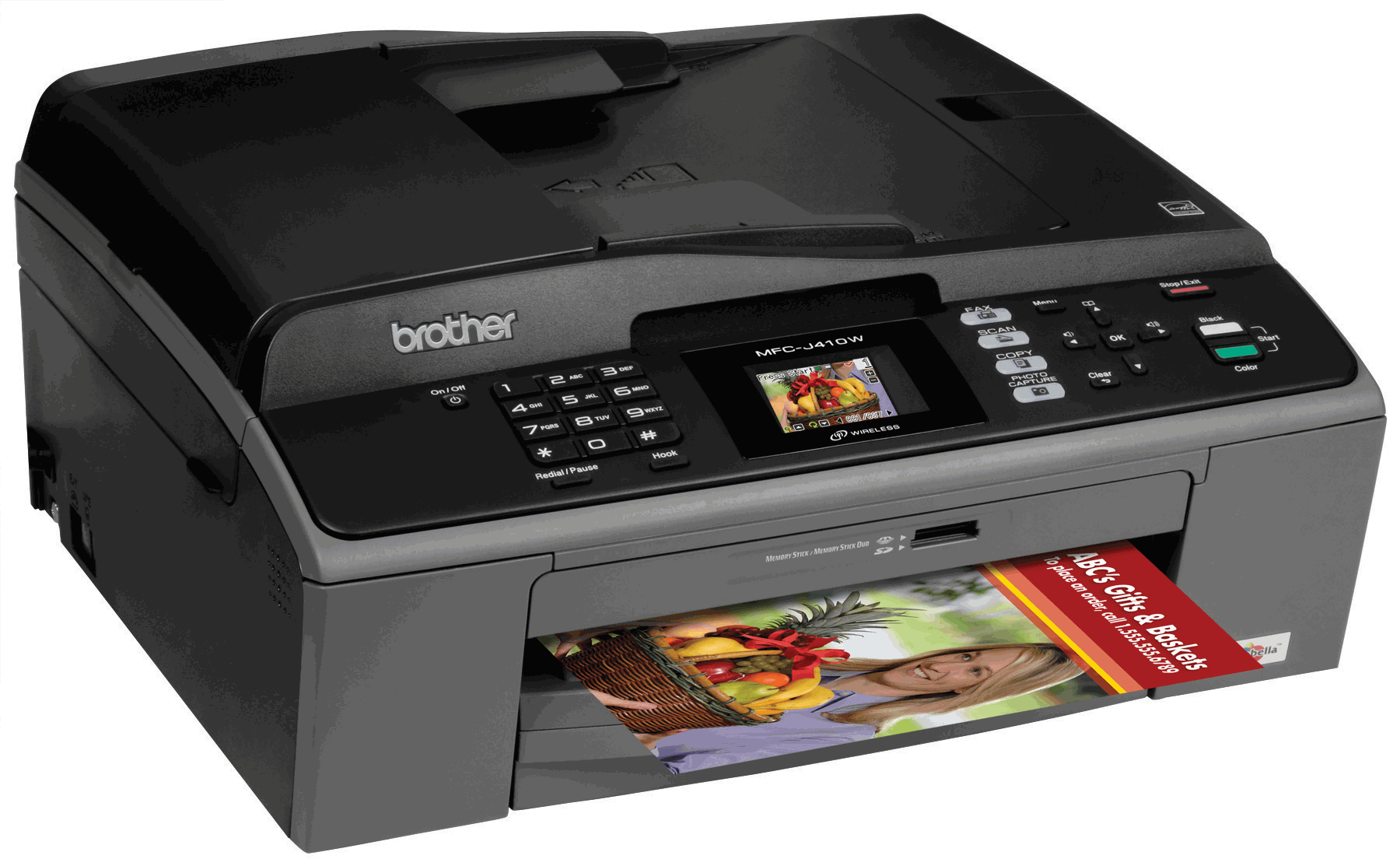Sponsored by Brother
SPONSORED: Brother Inkjet All-in-One Printer Buyers Guide
Brother Injet All-in-Ones - Introduction
See our Brother Laser/LED Printer Buyer’s Guide for more on Brother printers.
Remember the idea of the “paperless office?” If the last 20 years have taught us anything about paper, it’s that paper use is indeed declining—as a percentage of total document handling. However, the total number of documents and media that people handle on a daily basis continues to explode, driving the overall need for printing ever upward.
There are still many instances where paper achieves a higher quality result than on-screen equivalents. Imagine walking into a meeting where 20 people are studying the same 40-page document. Is it more efficient for that group to receive the document then follow along and annotate on paper or a screen? Today, the answer clearly remains paper.
So the need for high-value printing devices remains greater than ever across businesses of any size, from the enterprise to the home office. The question is: what constitutes high value? One way to tackle this question is by asking a different one: what do you get for your money? What’s the difference between two color printers with photo-quality output when one costs $200 and another $400? Usually, the answer comes down to features.
Our goal here is to give you a better idea of value in today’s small business printing scene by spotlighting the different features sets found at various price points within the printer world. In particular, we’re going to examine Brother’s wide array of products, picking and choosing key examples along the way.
Interestingly, in years past when we’d sit down and do an article like this one, it was fairly easy to distinguish home printers from business models. Today, with the rampant proliferation of home offices and telecommuting, the dividing line is much more blurry. The quality of output looks much the same between consumers and business users. Home offices need document scanning and text conversion every bit as much as their 50-seat cubic led counterparts. Network compatibility is all but mandatory now in both environments. With entry-level inkjet printing speeds now starting at over 30 pages per minute in black, can we really say that isn’t business-class?
Still, there are differences, and we’ll do our best to highlight these as we go so that you can see which feature sets and price levels make the most sense for your office’s needs.
Once upon a time, it made sense for consumers to buy an inkjet printer separate from a scanner, which was separate from a fax machine, and so on. But now, with high-quality all-in-one machines tying photo-quality printing with scanning, copying, and faxing at price points starting below $100, it just doesn’t make sense for most users to buy separate peripherals anymore. Of course, there are exceptions, particularly for professionals. Some applications call for lab-quality printing, oversized media, mobile printing, or similar considerations. For most users, though, an all-in-one is the smartest option.
During the ‘90s, printer manufacturers fought the resolution wars, trying to constantly one-up each other on the smallness and density of their ink dots. These days, 1,200 dots per inch (dpi)—meaning 1,200 dots across the width of an inch; sometimes vertical dot density will be higher—is normal. This resolution can be artificially increased by partially overlaying dots on top of each other, thus increasing their apparent density. However, the truth is that the human eye often has trouble perceiving resolution beyond 300 dpi (although the size and spacing of dots obviously play a role), and so manufacturers like Brother turned from improving the imperceptible to integrating more quality features for less money.
Current page: Brother Injet All-in-Ones - Introduction
Next Page Brother Injet All-in-Ones - Part 1Get Tom's Hardware's best news and in-depth reviews, straight to your inbox.
Tom's Hardware is the leading destination for hardcore computer enthusiasts. We cover everything from processors to 3D printers, single-board computers, SSDs and high-end gaming rigs, empowering readers to make the most of the tech they love, keep up on the latest developments and buy the right gear. Our staff has more than 100 years of combined experience covering news, solving tech problems and reviewing components and systems.
-
MauveCloud I bought the MFC-6890CDW back in November. Had the MFC-J6510DW been released yet? If so, I didn't see it. I mainly saw the MFC-6490CW and MFC-5890CN as alternatives, which have no support for duplex printing.Reply -
Blaire Nadal Brother printers is catching up with the speedy development of printer's features. And I believe that is actually what it should do since the market is a raging world. HP now had its partnership with Google and so on.Reply


